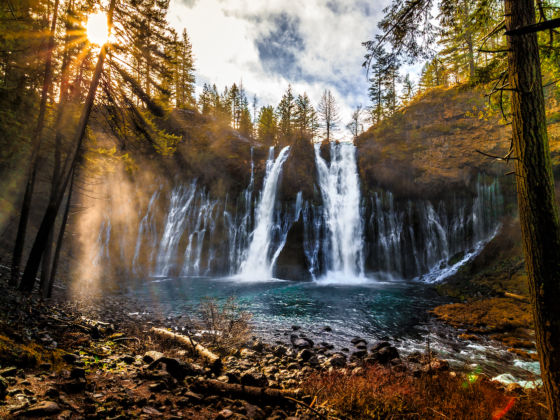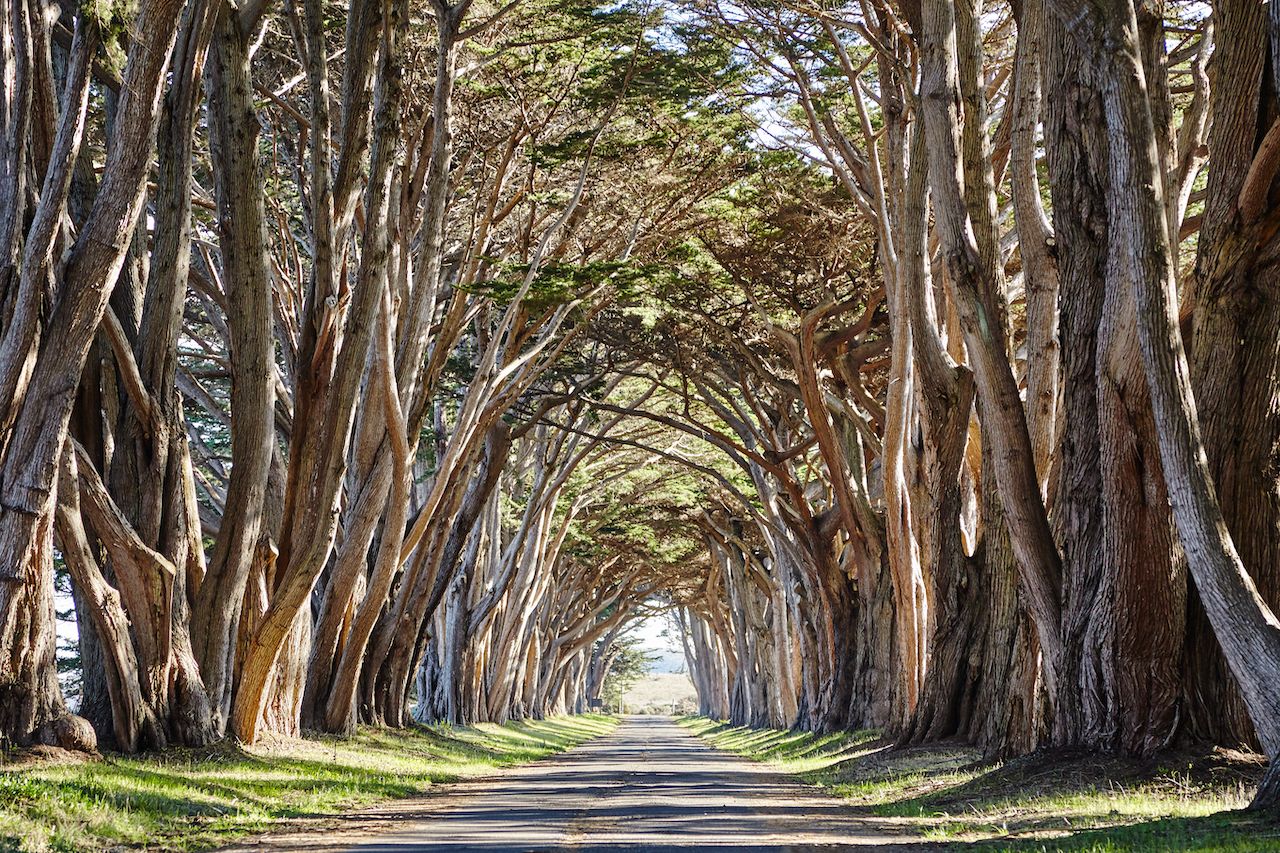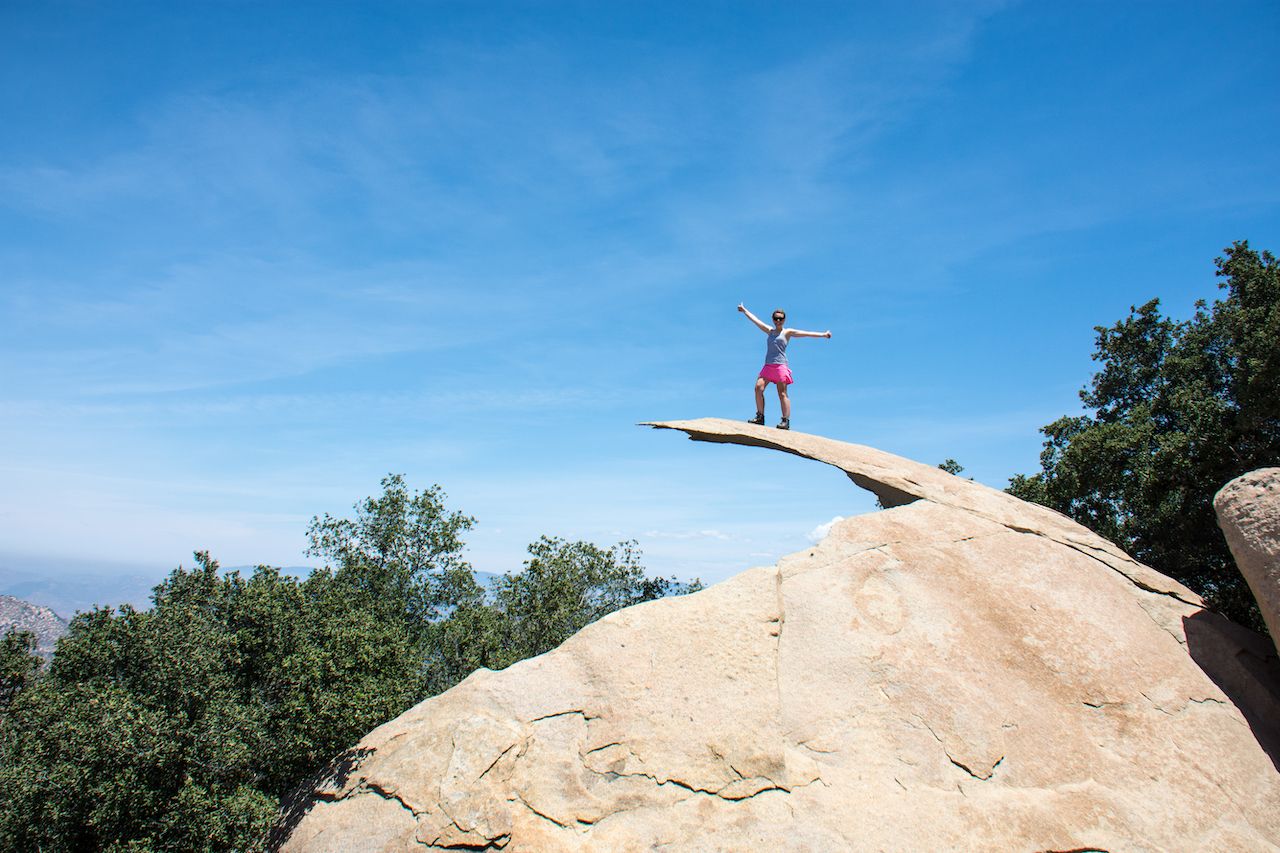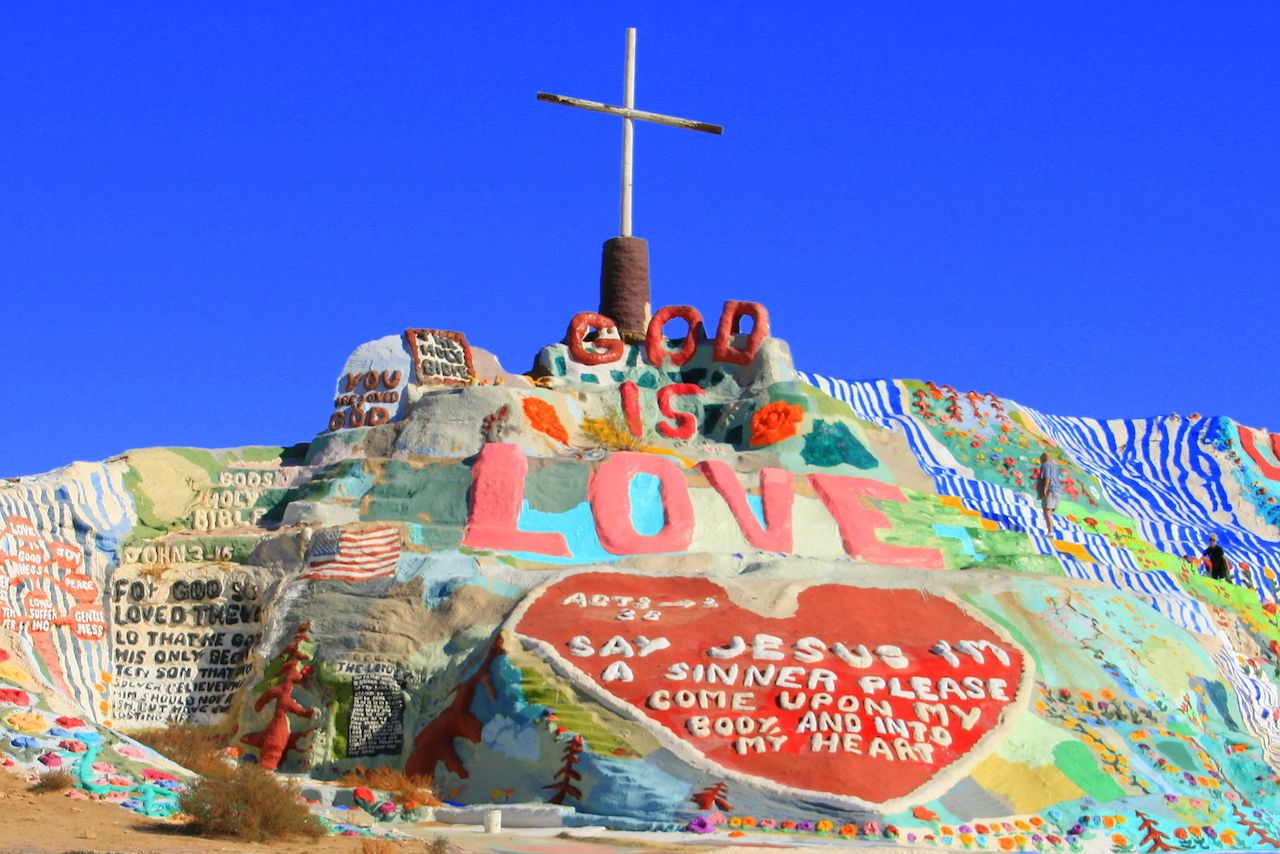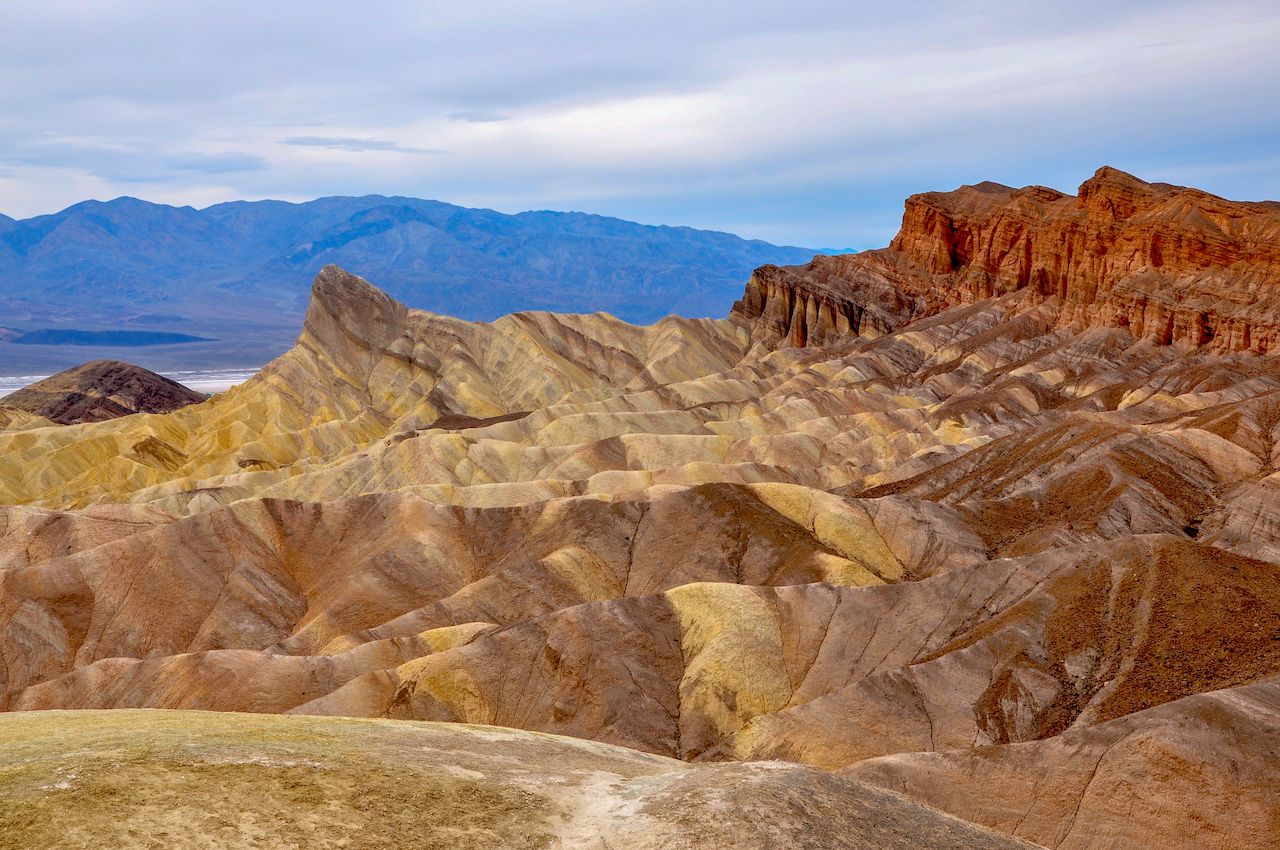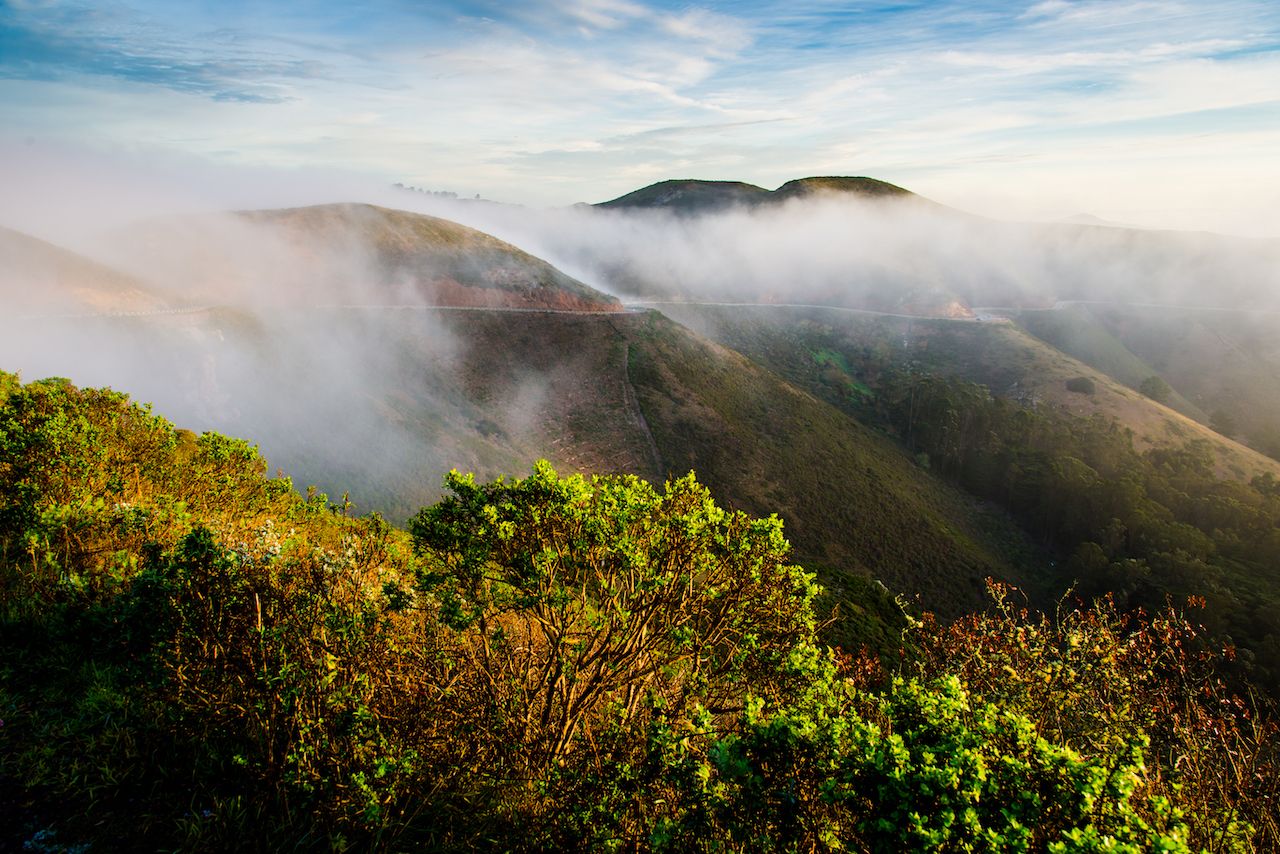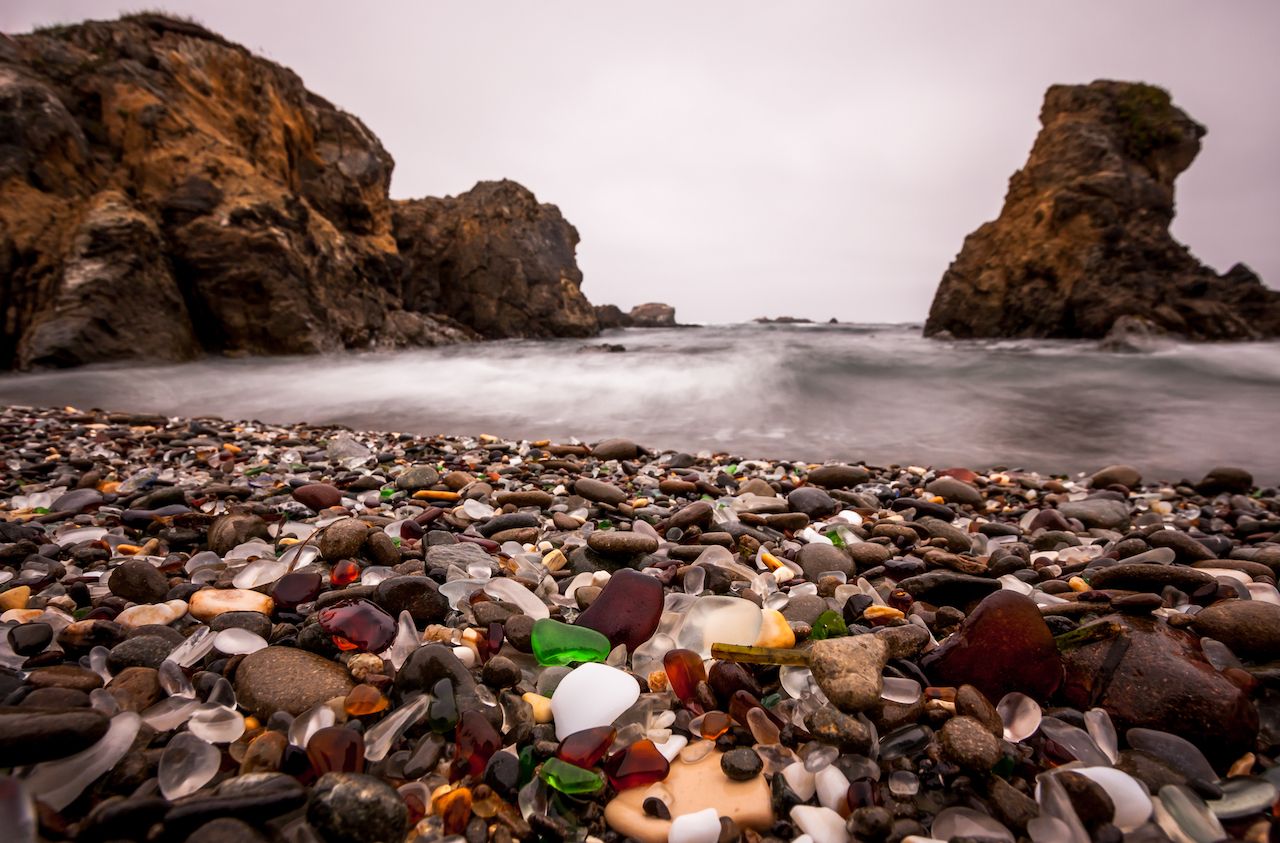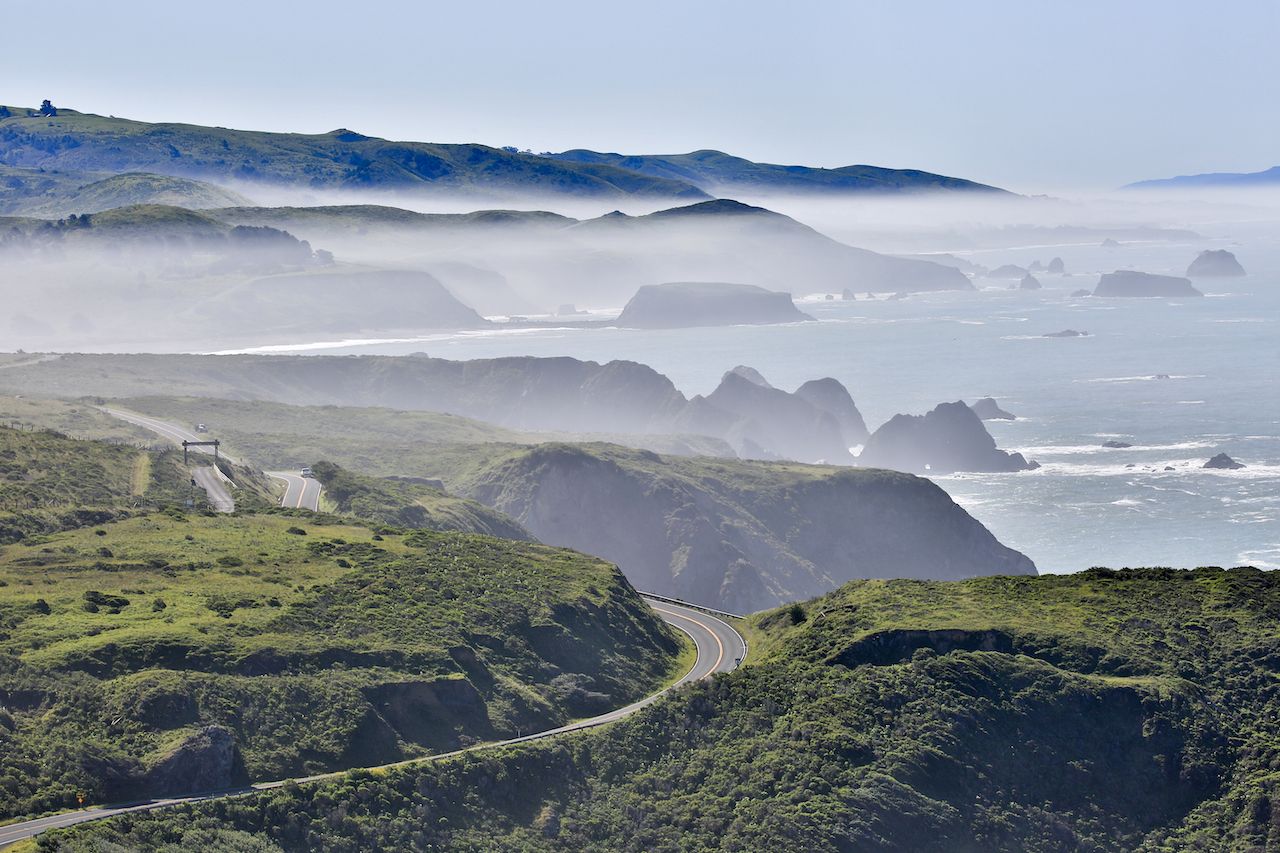Go ahead and chalk up the bridge from Big Little Lies as another place ruined by overtourism. Not that the Bixby Creek Bridge along the Pacific Coast Highway was ever a huge secret. But while the show was airing, locals painted “Overtourism is killing Big Sur” on the arch bridge in protest of Instagramming visitors clogging up its highway.
It’s but one of many over-exposed locales in the Golden State. But the good news is that California is massive, and if you’re looking for some spectacular spots that won’t have you fighting half a tour bus to see, you’ve still got options. Though a year from now they may not be, here are nine of the most photogenic locales in California that are still pretty empty right now.
